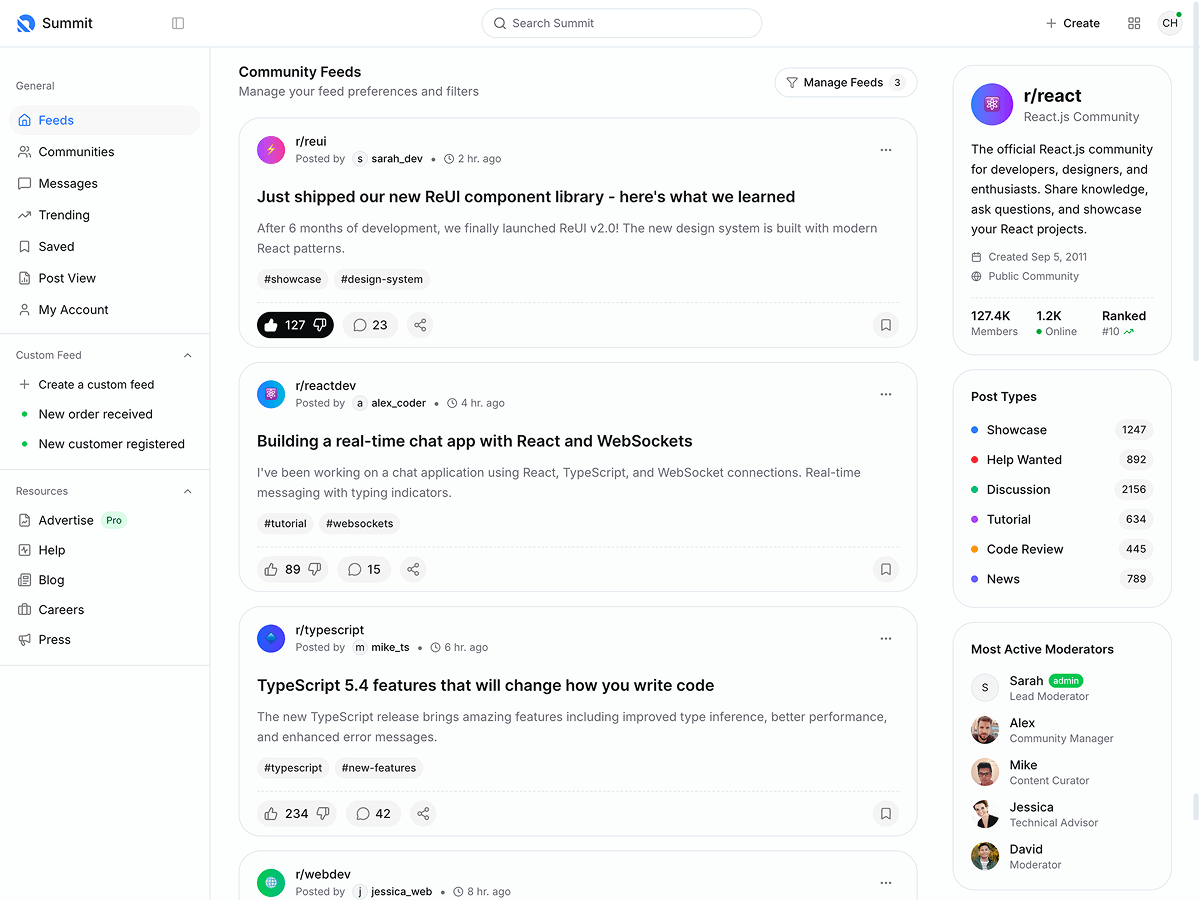How to integrate components on Django Project
Hi, i wanted to know how should i integrate the components shown in the HTML views to Django views, i tought that at least the Demo1 on Django project had some features enabled but i saw that there is just a basic view. There is some tutorial somewhere?
Replies (2)
Hi,
I appreciate your feedback. Here's how you can resolve this issue:
If the database file doesn't exist, you can create it using Django's migrate command:
python manage.py migrateThis command will apply the initial migrations and create the necessary database schema.
After creating the database, make sure you apply any initial migrations and create a superuser:
python manage.py makemigrations
python manage.py migrate
python manage.py createsuperuserFollow the prompts to create the superuser with a username, email, and password. This superuser will have administrative privileges in your Django project.
If you encounter any further issues or have specific questions about your project's setup, please provide more details, and I'll assist you further.
There is no an official tutorial specifically for integrating Metronic with Django, here is the general outline:
Create Django templates for each HTML view or component you want to integrate. You can organize these templates within your Django app's templates directory. Ensure that the HTML code from the Metronic templates is placed within these Django templates.
Define Django views that will render these templates. Each view should correspond to a specific page or component. In your Django app's views.py file, create view functions that use Django's render function to render the HTML templates.
The CSS styles are already included, and all components are provided as static HTML. You can simply copy the HTML code from the HTML version of Metronic and use it in your Django project.










